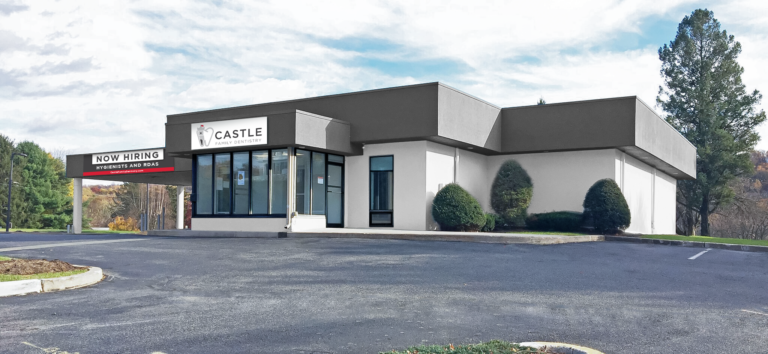Dental Inlays and Onlays
Dental inlays and onlays are utilized when more than half of your tooth’s biting surface is damaged. They serve as an alternative to traditional fillings, which may reduce the strength of a natural tooth by up to fifty percent.
Dental Inlays and Onlays in Washington, NJ
Inlays and onlays are bonded onto the teeth using special high-strength resins that can increase the strength of a tooth by 75 percent. As a result, they can last 10 to 30 years. Both inlays and onlays can be made of porcelain, gold, or composite resin. These pieces are bonded to the damaged area of the tooth.
What is a dental inlay?
An inlay, similar to a filling, is used inside the cusp tips of the tooth. Inlays are molded and fitted into the chewing surface of a tooth damaged through decay or injury. They are created using an imprint of the affected areas and sent to a lab for manufacturing. An inlay fits into the tooth’s hollow, but they do not affect the cusps. When the dentist takes the impression, they also attempt to match the tooth’s color as closely as possible. This way, when placed in the mouth, they are not noticeable. The material used for an inlay can be either porcelain or a composite material that is stronger and more durable than traditional fillings.
What is a dental onlay?
An onlay is a more substantial reconstruction, like the inlay, extending over one or more of the tooth’s cusps. Onlays are used for decay and damage to the cusps of a tooth and the biting surface. These are used when a cavity is too big to fill with a standard filling or when the tooth could crack due to weakness. An onlay will increase the strength of a tooth and protect the decaying area. Unlike an inlay, this area can include the cusps and the space in between.

-
How are dental inlays and onlays applied?
Dental inlays and onlays are applied in two appointments. During the first visit, the filling is replaced, or the damaged or decaying area of the tooth is removed, and the tooth is prepared for the inlay or onlay. The dentist will make an impression of the tooth to ensure a proper fit and bite, then send it to a lab for fabrication. A temporary sealant is applied to the tooth, and the next appointment is scheduled.
During the second appointment, the temporary sealant is removed, and the dentist checks the fit of the inlay or onlay. If the fit is satisfactory, the inlay or onlay is bonded to the tooth with a strong resin and polished to a smooth finish.
-
Dental inlay vs. filling—what's the difference?
Inlays and fillings are often used interchangeably but typically, inlays are used for bigger cavities. While they both remove existing decay, how the empty space is filled makes them different.
With a filling, the composite material is used for filling the space and it is a quick process that happens in a single visit. However, with inlays, the space is filled with a single piece, that is fabricated in the lab. The inlay is precisely made in the shape and size of the cavity space.
-
Dental onlay vs. dental crowns—what's the difference?
Onlays and crowns are restoration options used to treat a single tooth, typically with a larger area of decay where a filling or inlay would not work. The onlay covers the cusp of the tooth while a crown will cover the entire biting surface of tooth and the tooth’s structure above the gumline. Onlays are a less invasive procedure compared to crowns, as they require less of the tooth structure to be removed in order to fit the onlay.
Questions About Inlays and Onlays?
Our goal is to provide quality, compassionate, and affordable dental care. Make your next appointment using our easy online scheduling tool, contact our office if you have any questions, or explore all of the dental services we provide.
